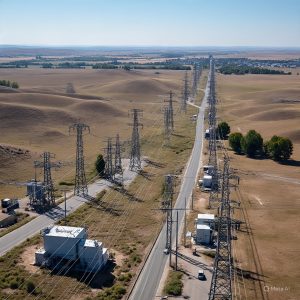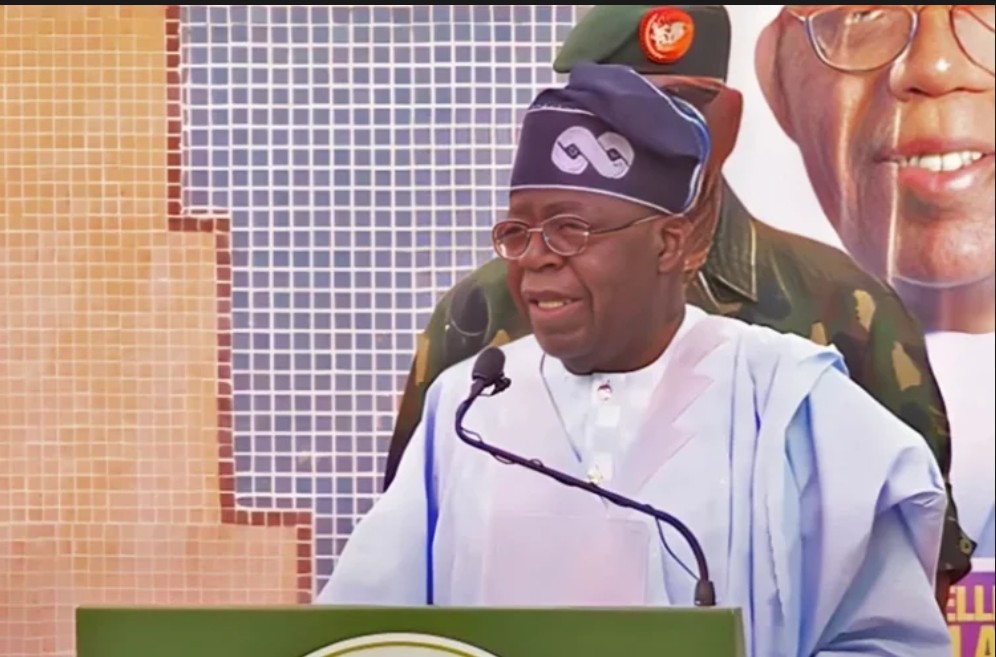President Bola Tinubu on Friday appealed to power generation companies (GENCOs) for more time to thoroughly verify and validate their outstanding N4 trillion debt claims. The President made this plea during a meeting with members of the Association of Power Generation Companies (APGC), led by Board of Trustees Chairman, Col. Sani Bello (retd.), at the Presidential Villa in Abuja.
President Tinubu reassured the Gencos of his administration’s support to resolving the persistent liquidity challenges plaguing Nigeria’s power sector. According to a statement released by Tinubu’s spokesperson, Bayo Onanuga, Mrs. Olu Verheijen, Special Adviser to the President on Energy, revealed that a N4 trillion bond programme had received anticipatory approval from the President. This bond is intended to address the critical liquidity shortfall within the sector.
While acknowledging the “historic liabilities inherited from previous administrations,” President Tinubu stressed the importance of transparency and fairness in addressing these debts. He emphasized that all claims would undergo rigorous verification.
“I accept the assets and liabilities of my predecessors and there is no question about that. But that acceptance must be on credible grounds,” President Tinubu stated. “I need to wear the audit cap of verifiability, authenticity and the fact that this inheritance is not a mere deodorant but a support structure for critical economic and industrial promotion.”
The President urged patience from both the Gencos and financial institutions, highlighting that government agencies are actively engaging audit and legal firms to scrutinize the claims. “We are here. So market it to your other colleagues. Give us time to do verification and validation of the numbers,” he urged.
Reaffirming his belief in a market-driven electricity sector, President Tinubu underscored that the industry’s long-neglected legacy issues are finally receiving the attention they deserve. He drew a parallel with the savings from fuel subsidies and the introduction of Compressed Natural Gas (CNG) as an alternative, demonstrating his administration’s commitment to economic relief.
President Tinubu also assured the banking sector of the government’s commitment to fostering a stable investment environment, advising against extreme measures such as bank asset foreclosures against the generation companies.
“To our friends in the banking sector, I ask that we avoid foreclosures. Sharpen your pencils, but keep an eraser handy. Let’s persevere together,” he pleaded.
Describing electricity as “the most important discovery of humanity in the last 1,000 years,” the President reiterated that access to electricity is fundamental to economic growth and human dignity.
Ms. Verheijen, the Special Adviser on Energy, attributed the liquidity crisis to “a combination of unfunded tariff shortfalls and market shortfalls” that have accumulated over a decade. She disclosed that as of April 2025, the Federal Government carried a verified exposure of N4 trillion in debts to Gencos, an accumulation dating back to 2015.
“We have since sat with 27 Gencos—not all of them are here today—and reviewed their PPAs and gas sales agreements to understand the legitimacy of their claims. The Gencos claimed about N4tn from 2015 to the end of 2023,” Verheijen explained.
She further stated that the Nigerian Bulk Electricity Trading Company (NBET), the agency that contractually mediates between Gencos and the government, has so far validated N1.8 trillion of these claims. Additionally, N200 billion in unfunded subsidies has accumulated, bringing the total current exposure to N4 trillion as of April 2025.
However, Verheijen cautioned that this figure remains subject to revision pending final validation. “While there is an anticipatory approval of this N4tn bond programme, it is subject to negotiations and final settlement of agreements. Only the amounts that the Federal Government validly owes are the things that will make it into the issuance by DMO,” she clarified.
What are your thoughts on the ongoing efforts to address the power sector’s liquidity challenges?





